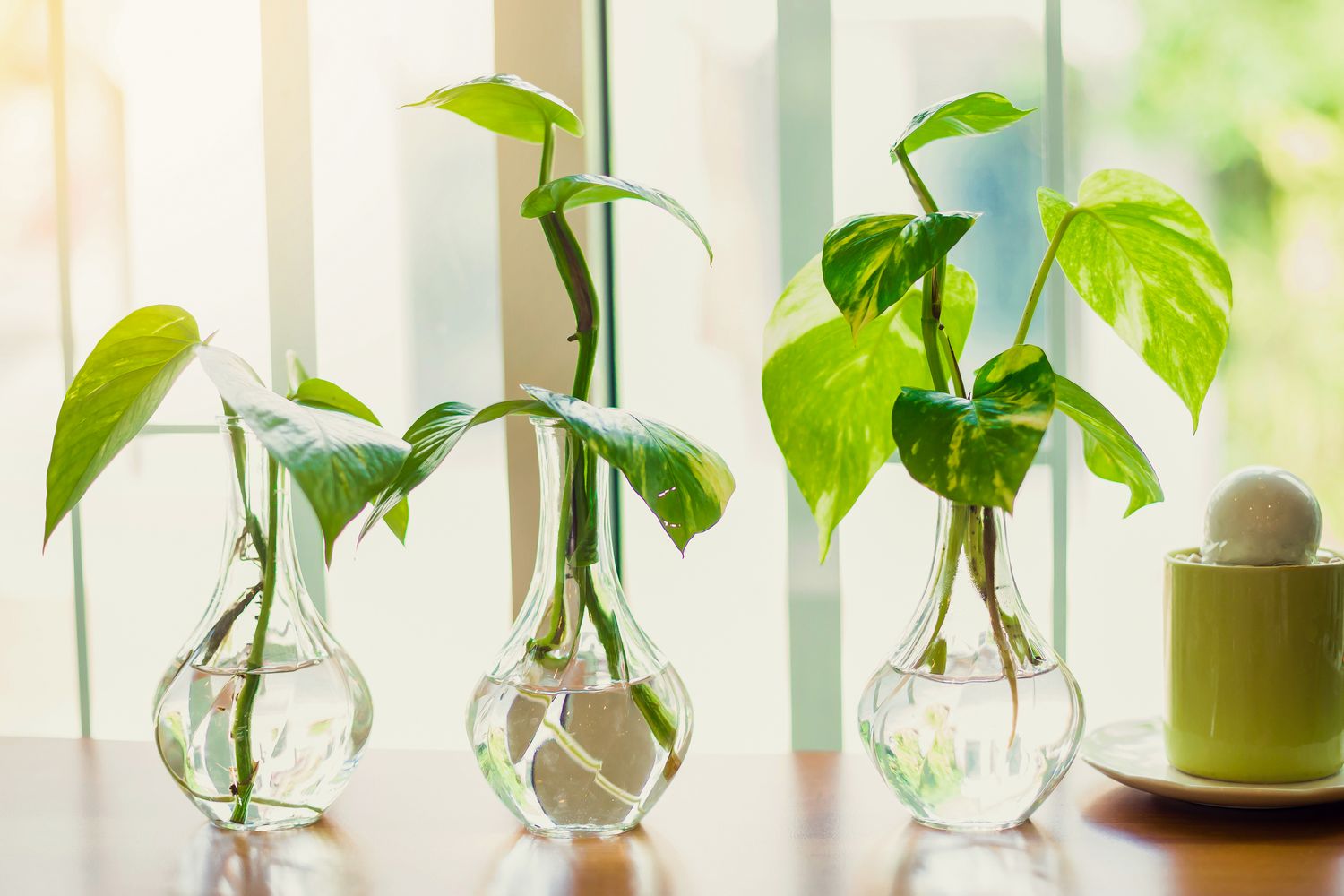
Snake plants, known for their hardy nature and air-purifying abilities, have become popular choices for indoor gardens and décor. With the rising trend of hydroponic gardening, enthusiasts are curious about the possibility of growing snake plants in water. This article explores the viability of cultivating snake plants in water, delving into the principles of hydroponic gardening and the adaptability of snake plants to different growing conditions.
**I. Introduction**
**A. The Resilience of Snake Plants**
Snake plants, scientifically known as Sansevieria, are revered for their ability to thrive in low-light conditions and withstand neglect. These hardy succulents feature sturdy, upright leaves that store water, making them well-suited for drought-prone environments.
**B. Growing Trend of Hydroponic Gardening**
Hydroponic gardening, a method of growing plants without soil by using nutrient-rich water solutions, has gained popularity for its efficiency and space-saving benefits. Enthusiasts are exploring the potential of hydroponic systems for cultivating a wide range of plant species, including ornamentals like snake plants.
**C. Questioning the Viability of Snake Plants in Water**
As hydroponic gardening continues to evolve, there is speculation about whether snake plants can thrive in water-based systems. While snake plants are known for their resilience, there are concerns about their ability to adapt to the unique growing conditions of hydroponic setups.
**II. Understanding Hydroponic Gardening**
**A. Basics of Hydroponic Systems**
Hydroponic systems utilize water as the primary medium for plant growth, with nutrient solutions providing essential minerals and elements. Root oxygenation is crucial in hydroponic setups to prevent suffocation and promote healthy root development.
1. Water-Based Cultivation: Hydroponic systems replace soil with water as the growing medium, allowing plant roots to access nutrients directly.
2. Nutrient Solutions: Hydroponic solutions contain a balanced mix of essential nutrients, ensuring optimal plant growth and development.
3. Root Oxygenation: Proper aeration of the root zone is essential in hydroponic systems to prevent root rot and maintain healthy root function.
**B. Benefits of Hydroponic Gardening**
**1. Efficient Nutrient Delivery**
In hydroponic systems, plants have access to a continuous supply of nutrients, resulting in faster growth rates and higher yields compared to traditional soil-based cultivation.
**2. Water Conservation**
Hydroponic gardening requires significantly less water than conventional farming methods, as water is recycled within the system and losses due to evaporation and runoff are minimized.
**3. Space Optimization**
Hydroponic systems can be designed to maximize space utilization, making them ideal for indoor gardening or urban farming in limited spaces.
**C. Suitable Plants for Hydroponic Growth**
While hydroponic gardening can accommodate a wide range of plant species, some plants are better suited to water-based cultivation than others. Leafy greens, herbs, and certain ornamental plants are commonly grown hydroponically, but the adaptability of snake plants to water-based systems is still under scrutiny.
**III. Can Snake Plants Thrive in Water?**
**A. Adaptability of Snake Plants**
**1. Drought Tolerance**
Snake plants are renowned for their ability to survive extended periods of drought, thanks to their succulent leaves that store water for prolonged periods.
**2. Water Storage Capacity**
The thick, fleshy leaves of snake plants allow them to store water efficiently, reducing their dependence on frequent watering and making them suitable candidates for water-based cultivation.
**3. Low Maintenance Requirements**
Snake plants are low-maintenance plants that require minimal care and attention, making them appealing options for novice gardeners and busy individuals.
**B. Challenges of Water-Based Growth**
**1. Root Rot Risk**
In water-based hydroponic systems, there is a risk of root rot if the roots are constantly submerged in water without proper aeration, leading to oxygen deprivation and nutrient imbalances.
**2. Nutrient Imbalance**
Maintaining the correct balance of nutrients in the hydroponic solution is crucial for plant health and growth. Snake plants may be sensitive to nutrient imbalances, which can manifest as leaf discoloration or stunted growth.
**3. Oxygen Deprivation**
In water-based hydroponic systems, adequate oxygenation of the root zone is essential to prevent root suffocation and promote healthy root development. Snake plants may struggle in oxygen-deprived environments, leading to poor growth and vitality.
**C. Tips for Growing Snake Plants in Water**
To maximize the chances of success when growing snake plants in water, enthusiasts can take several measures to optimize growing conditions and mitigate potential challenges. These may include using a well-aerated hydroponic system, monitoring nutrient levels closely, and providing adequate light exposure for photosynthesis.
**IV. Successful Examples and Experiments**
**A. Testimonials from Hydroponic Enthusiasts**
Some hydroponic gardeners have reported success in growing snake plants in water-based systems, citing healthy growth and vibrant foliage as evidence of their viability in hydroponic setups.
**B. Case Studies of Snake Plants in Water**
Case studies and experiments involving snake plants in hydroponic systems provide valuable insights into their adaptability and growth requirements under water-based cultivation.
**C. Innovative Approaches to Water-Based Snake Plant Cultivation**
Hydroponic enthusiasts are continuously exploring innovative techniques and methods for growing snake plants in water, from custom-designed hydroponic setups to novel nutrient solutions tailored to snake plant requirements.
**V. Conclusion**
**A. Exploring the Potential of Snake Plants in Water**
While the viability of growing snake plants in water-based hydroponic systems is still being debated, their adapt
ability and resilience make them promising candidates for experimentation and further research.
**B. Balancing Experimentation with Practicality**
As with any gardening endeavor, it is essential to strike a balance between experimentation and practicality when attempting to grow snake plants in water. Enthusiasts should be prepared to adapt their approach based on observed outcomes and adjust growing conditions accordingly.
**C. Embracing the Versatility of Snake Plants in Different Environments**
Whether grown in soil or water, snake plants continue to captivate plant enthusiasts with their unique beauty and resilience. By embracing their versatility and exploring new growing methods, gardeners can unlock the full potential of snake plants in different environments, including hydroponic systems.
